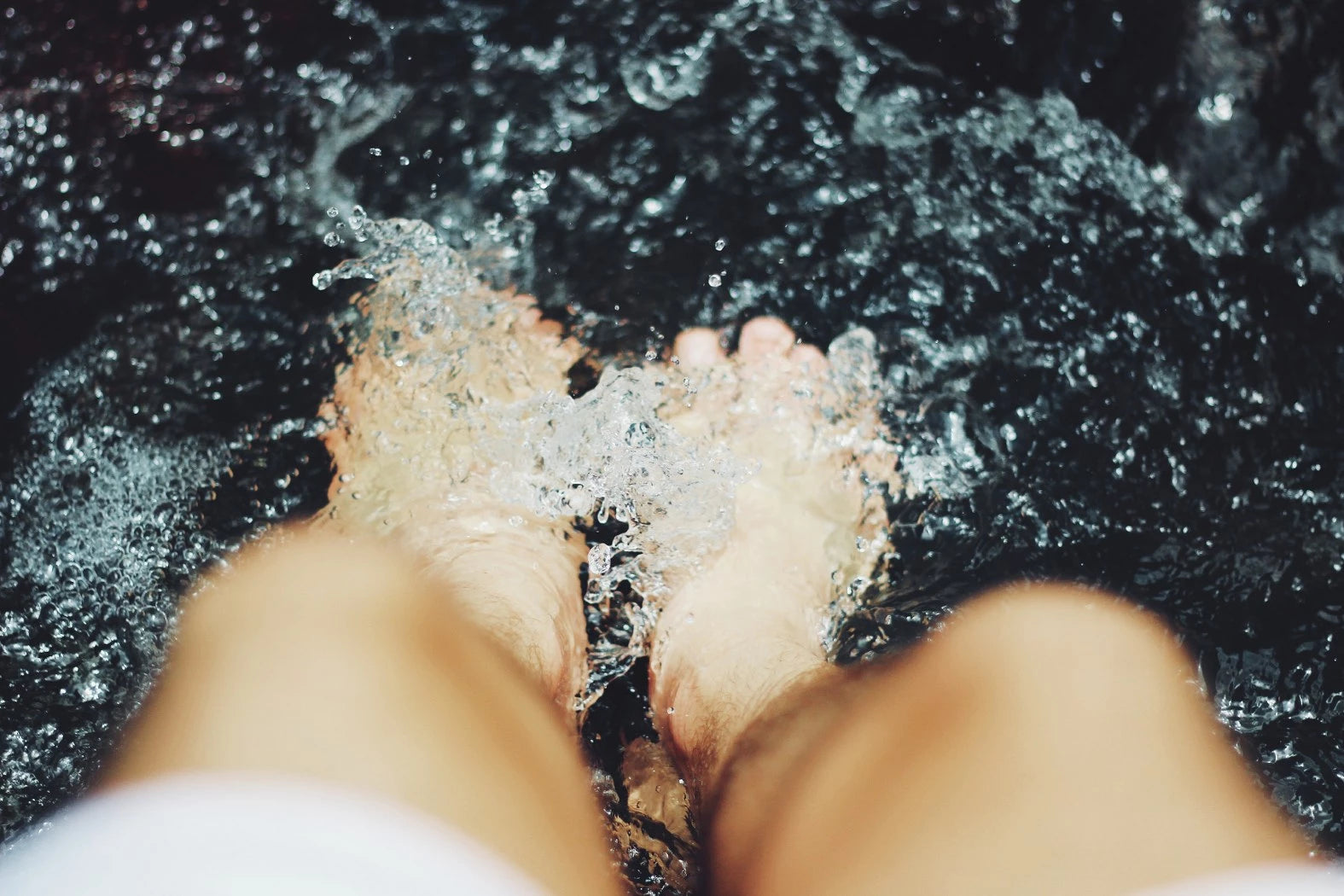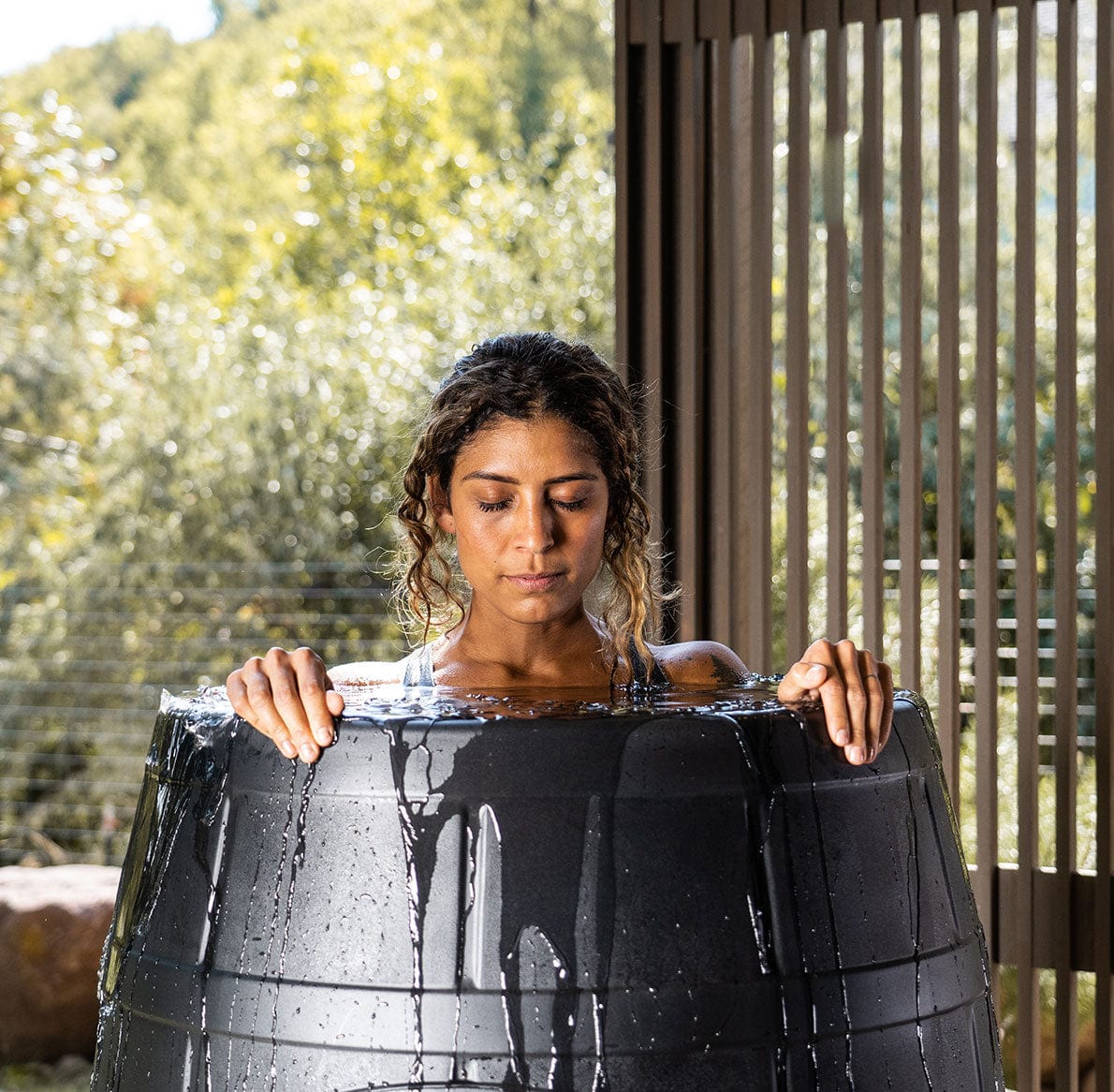



SHOP OUR FEATURED COLLECTIONS:
-

The 3° Club
We specialize in crafting exquisite ice baths featuring cutting-edge chilling technology. At...

The Science
The science of cold water therapy reveals a wealth of potential benefits for both body and mind...
CHILL BLOG:
-

Chasing the Chill: How Ice Baths Trigger the Release of Dopamine
In the quest for physical and mental well-being, we often seek out various methods to boost our mood and enhance our overall quality of life. One intriguing practice gaining popularity is the use of ice baths, not only for their physical benefits but also for their potential to influence our brain chemistry.
-

Unlocking the Power of Cold Water Therapy: Discover the Surprising Benefits
In a world where wellness trends come and go, one practice has stood the test of time: cold water therapy. From ancient civilizations to modern athletes, the power of cold water immersion has been recognized for its profound effects on the body and mind.
-

Embracing the Chill: The Transformative Power of Ice Baths
Join us as we dive into the science behind this age-old ritual and explore the transformative power it holds for both body and mind.
FAQ's
What are the benefits of taking an Ice Bath?
Ice baths have been shown to reduce muscle soreness, inflammation, and swelling. They can also improve circulation, accelerate recovery after intense exercise, and enhance mental clarity and focus.
How long should I stay in an Ice Bath?
The optimal duration for an ice bath can vary depending on individual tolerance and the specific goals of the session. Generally, a duration of 10 to 15 minutes is recommended for most individuals. However, beginners may start with shorter durations and gradually increase over time.
What temperature should the water be for an Ice Bath?
The ideal temperature for an ice bath typically ranges from 50 to 59 degrees Fahrenheit (10 to 15 degrees Celsius). It should feel cold but not painfully so. Adding ice to the water can help achieve the desired temperature.
Are Ice Baths safe?
When done correctly, ice baths are generally safe for most individuals. However, it's essential to listen to your body and monitor for any signs of discomfort or adverse reactions. Individuals with certain medical conditions, such as heart problems or circulatory issues, should consult a healthcare professional before attempting ice baths.
How often should I take Ice Baths?
The frequency of ice baths can vary depending on factors such as the intensity of training, individual recovery needs, and personal preference. Some athletes may benefit from daily ice baths during periods of intense training, while others may prefer to use them as needed for recovery after particularly challenging workouts.
What should I wear in an Ice Bath?
It's recommended to wear minimal clothing, such as swimwear or shorts, during an ice bath to maximize skin exposure to the cold water. Avoid wearing heavy clothing or items that could absorb water and weigh you down.
What should I do after an Ice Bath?
After an ice bath, it's essential to warm up gradually to prevent rapid temperature changes. You can do this by wrapping yourself in warm towels, engaging in light physical activity, or taking a warm shower. Additionally, staying hydrated and refueling with a nutritious snack can help support recovery.
Let customers speak for us
from 5 reviewsMy Rocky ice bath is awesome! I had previously tried a plug-in chiller with an inflatable tub but it quickly broke and I'm unsure that the water temperature was cooled down properly. I set the Rocky to be at 3° every morning for my ice bath and then occasionally use it as a hot tub in the evenings. It's the only ice bath I could find which also works as a hot tub and it is superb, I cannot recommend it enough.
As an avid sportsperson, the Chillax ice bath has become my best friend. Whether it's after tennis, a brisk walk, or a gym session, this chill tub hits the spot. It's incredibly cold, which is perfect for muscle recovery. Plus, it's a great way to cool down and feel refreshed!
Wow, just tried the Chillax ice bath and it's the real deal! After a long run, this chill tub is a lifesaver. The water's icy cool, perfect for soothing my tired legs. It's like it was made for sports recovery. Feels amazing after a game of tennis too. Definitely a must-have for any fitness enthusiast!
Just got a Chillax, and it's fantastic! The water is icy cold, ideal for post-exercise recovery. I've tried it after jogging and playing sports, and it works wonders. It's not just a chill tub; it's a rejuvenation station. Highly recommend it to anyone active!
Been using my Chillax after gym sessions and it's a game changer! The water gets super cold, exactly what you need to ease those aching muscles. It's not just an ice bath, it's a recovery haven. Trust me, after a heavy workout, this chill tub is bliss!







